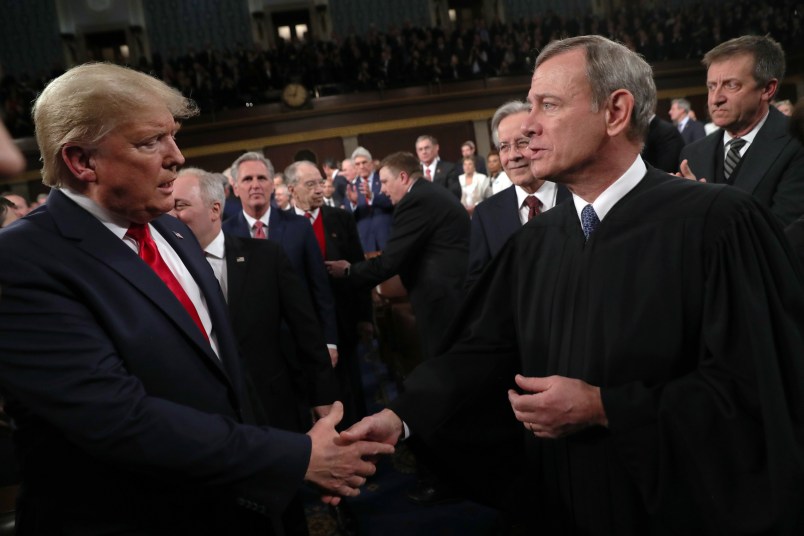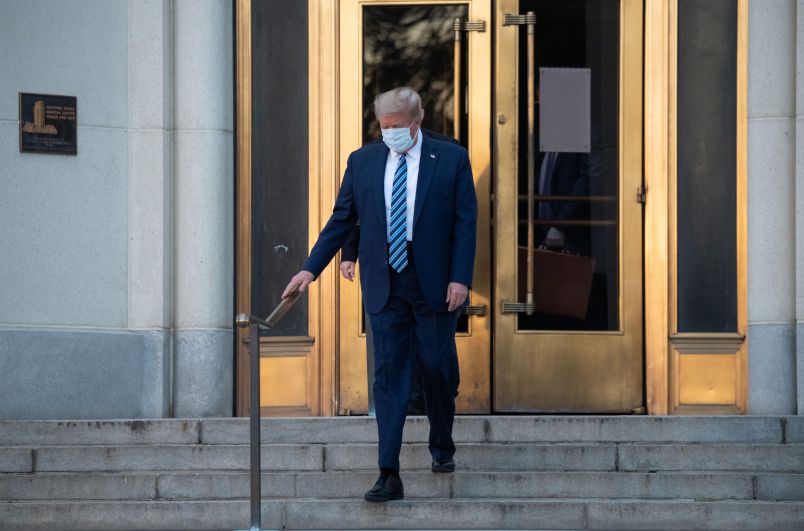OLYMPIA, Wash. (AP) — Gov. Jay Inslee said Tuesday he was suspending the use of the death penalty in Washington state, announcing a move that he hopes will enable officials to “join a growing national conversation about capital punishment.”
The Democrat said he came to the decision after months of review, meetings with family members of victims, prosecutors and law enforcement.
According to a draft statement obtained by The Associated Press, Inslee said that the use of the death penalty is inconsistent and unequal.
“Equal justice under the law is the state’s primary responsibility,” he said in the written statement. “And indeath penalty cases, I’m not convinced equal justice is being served. The use of the death penalty in this state is unequally applied, sometimes dependent on the budget of the county where the crime occurred.”
The governor’s staff briefed lawmakers about the move on Monday night and Tuesday morning.
Inslee’s moratorium means that if a death penalty case comes to his desk, he will issue a reprieve, which isn’t a pardon and doesn’t commute the sentences of those condemned to death.
Last year, Maryland abolished the death penalty, the 18th state to do so and the sixth in the last six years.
Nine men await execution at the Washington State Penitentiary in Walla Walla. The state Supreme Court just last month rejected a petition for release from death row inmate Jonathan Lee Gentry, sentenced for the murder of a 12-year-old girl in 1988. Gentry could be the first execution in the state since September 2010, when Cal Coburn Brown died by lethal injection for the 1991 murder of a Seattle-area woman. A federal stay had recently been lifted in Gentry’s case, and a remaining state stay on his execution was expected to be lifted this month.
The decision by the governor comes following a recent decision by the state Department of Corrections, which is in the process of changing its execution protocol to allow witnesses to executions to see the entire process, including the insertion of intravenous catheters during a lethal injection.
The new witness protocol, currently a draft that is in its final stages of approval, includes the use of television monitors to show the inmate entering the death chamber and being strapped down, as well as the insertion of the IVs, which had both previously been shielded from public view.
Through public disclosure requests, the AP had sought information about any potential changes to the execution protocols. State corrections officials spoke with the AP about the new procedures late last month.
The change is in response to a 2012 federal appeals court ruling that said all parts of an execution must be fully open to public witnesses. That ruling was sparked by a case brought by the AP and other news organizations who challenged Idaho’s policy to shield the insertion of IV catheters from public view, in spite of a 2002 ruling from the same court that said every aspect of an execution should be open to witnesses.
Copyright 2014 The Associated Press. All rights reserved. This material may not be published, broadcast, rewritten or redistributed.









